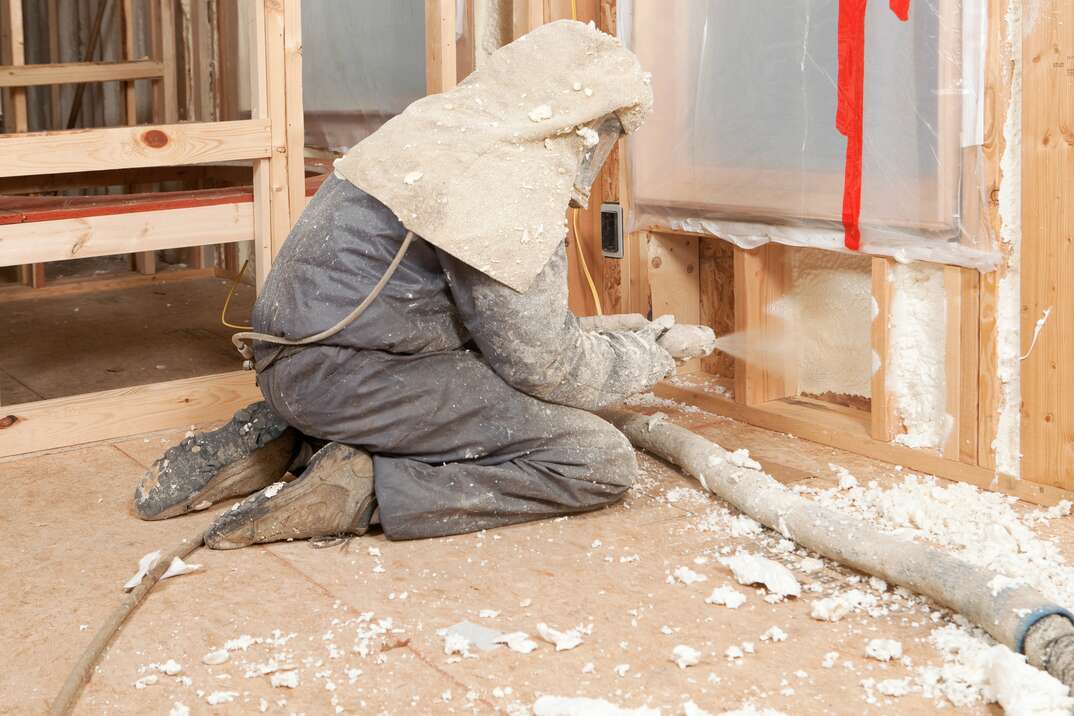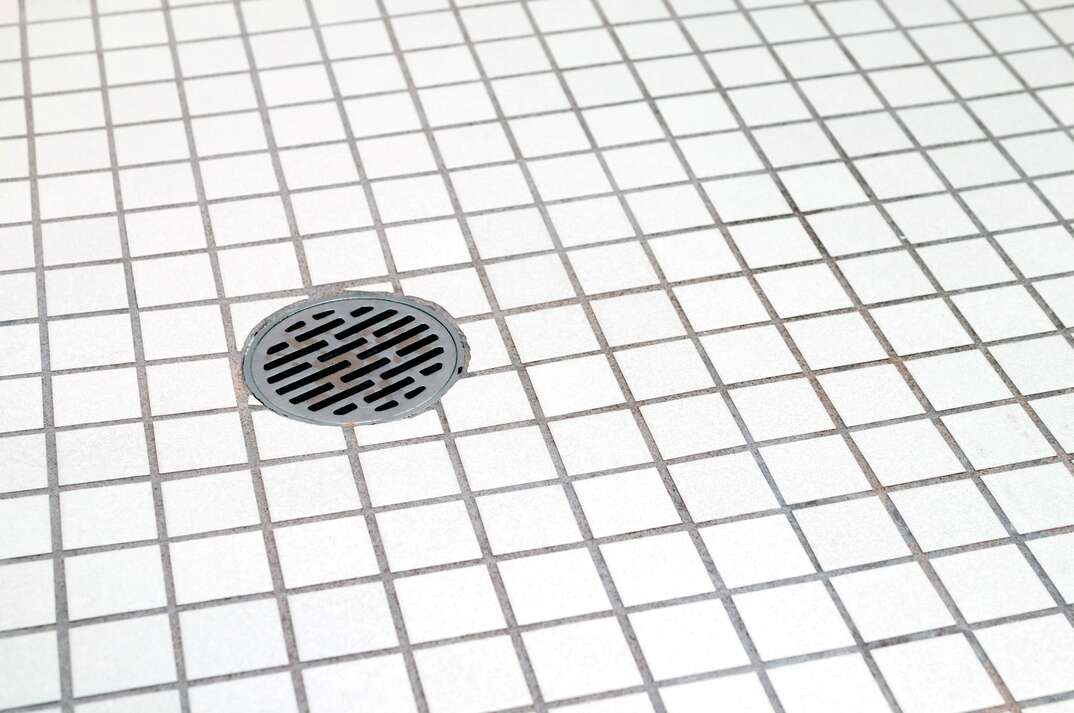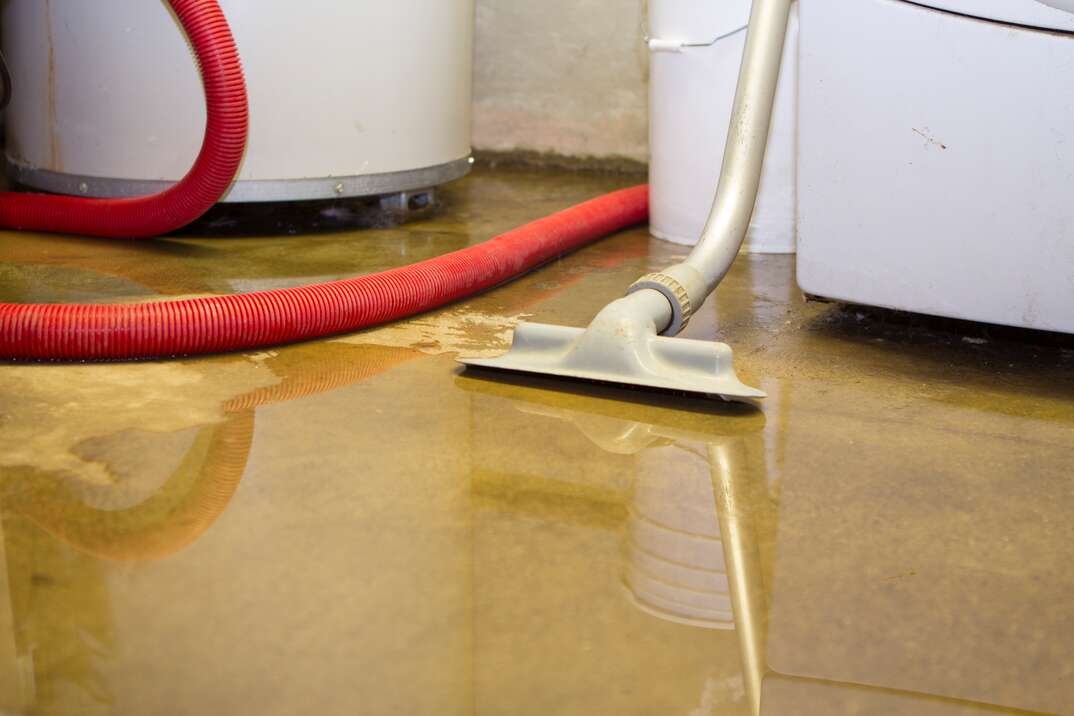How Much Do Blown-in and Spray Foam Insulation Cost?

Insulation Costs at a Glance
- Blown-in insulation: $1.50 per square foot
- Open-cell spray foam: 44-65 cents per board foot
- Closed-cell spray foam: $1-$1.50 per board foot
Whether you’re trying to keep the heat in or out, proper insulation is key to keeping your home a comfortable temperature year-round. When you start to notice your home’s climate isn’t regulating like it used to, it might be time to top off your insulation. Blown-in and spray foam insulation are common options.
This May Also Interest You: 5 Insulation Tips to Save Money and Energy
Below is everything you need to know about the different types of spray foam and blown-in insulation, including how much it’ll cost to install.
What Is Blown-in Insulation?
Blown-in insulation is a type of loose fill insulation. The loose fill is made from recycled paper fibers (cellulose) or fiberglass and is blown into place using a hose and forced air. Just like the name insinuates, it is blown through the hose into the wall cavities of your home. It works best for tight spaces and places that already have insulation but could use more.
What Is Spray Foam Insulation?
Spray polyurethane foam insulation can also be used to insulate your home. It is plastic that can be sprayed directly into place, ensuring that there are no gaps where air can get through. There are two types of spray foam insulation: Light-density, open-cell spray foam or medium-density, closed-cell spray foam.
 -------------------------------------------
-------------------------------------------
What Does It Cost?
The cost of the product and installation will vary depending on the size of the home you’re insulating, but here’s a general cost guide:
Blown-in Insulation
One of the advantages of blown-in insulation is that you can rent equipment and do it yourself. Some facilities will offer free rental if you purchase a certain number of bags of insulation. Others charge $65 to $80 per day for rental.
Or, you could hire a professional. For that, expect to pay around $1,500 for the materials that are needed. Blown-in insulation will cost you around $1.50 per square foot.
Spray Foam Insulation
There are two types of spray foam. Open-cell foam is more affordable, costing 44 cents to 65 cents per board foot. Closed-cell foam costs more, but is recommended for homes in areas with extreme weather conditions. It costs between $1 and $1.50 per board foot. Note that a board foot is a measurement of volume, where a square foot is a measurement of area. One board foot equals one square foot that is one inch thick. If you will need insulation that is several inches thick, calculate accordingly.
To hire a professional for spray foam installation, expect to pay $2,500 or more.
More Related Articles:
- How Much Does Attic Insulation Cost?
- 15 Ways to Save on Your Electric Bill
- How to Draft-Proof Your Home for Energy Efficiency
- Top 5 Ways to Winterize Your Windows
- What Size Air Conditioner Do I Need?
What is R-Value?
R-values measure how well insulation prevents heat flow per inch of thickness. The higher the R-value, the more effective the insulation is as keeping heat from entering or leaving your home. The R-value needed for your project depends on where you live and what part of the house you’re insulating. Generally, the colder the climate, the higher the R-value you will need. Ceilings and attics also require higher R-values than exterior walls or crawl spaces.
How Long Does Insulation Last?
Whether you opt for blown-in or spray foam insulation, you’re going to want to it last a while. Blown-in insulation lasts 20 to 30 years, though you may have to replace or top off sections as needed. Some people have said that they start to notice a difference in their insulation at around the 15-year mark. Spray foam insulation lasts 80 years on average.
Is Spray Foam Insulation Worth It?
Although you may pay more up front for this method of insulation, it can save you money on bills in the long run. It can reduce your energy bill up to 20%. And compared to other methods, it lasts longer before it needs to be replaced.
Since we’re all home now more than ever, being prepared for unexpected home repairs with a plan from HomeServe is important. Having a plan in place gives you the peace of mind knowing that you can simply call our 24/7 repair hotline for covered breakdowns. See what plans are available in your neighborhood.


